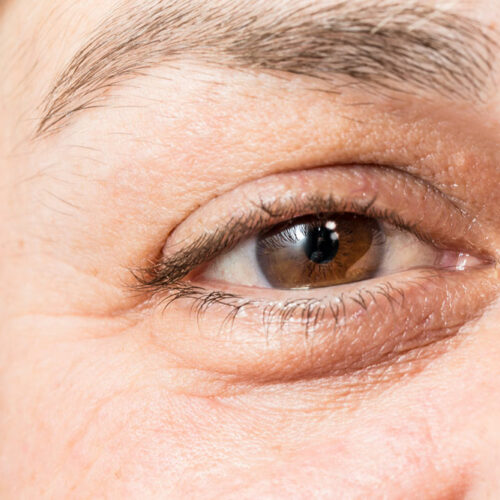Causes, symptoms, and management of thyroid eye disease

Thyroid eye disease (TED) is an autoimmune condition that affects the eyes, causing inflammation and damage to the tissues, muscles, and connective and fatty tissues in the region. Also known as Graves’ ophthalmopathy or Graves’ orbitopathy, TED typically develops in those with Graves’ disease—an autoimmune disorder causing overactivity of the thyroid gland. But TED can also develop in those with other thyroid disorders and even those without any such dysfunction. Causes Here are a few causes and risk factors of TED: Gender: Hyperthyroidism develops more in women than men, so as a result, thyroid eye disease also is more common among women than men—16 cases per 100,000 women and 2.9 per 100,000 men. Genetics: This plays an important role in the incidence of TED. Those with the condition may carry the genes for it or could have a genetic susceptibility to it. Someone predisposed to this disease may only experience symptoms once the condition is triggered due to certain circumstances. Selenium deficiency: Individuals with low levels of the mineral selenium in their blood are also at risk of developing this disease. Graves’ disease: The immune system of those with Graves’ disease creates an abnormal antibody called thyroid-stimulating immunoglobulin that mimics the function of the thyroid-stimulating hormone produced by the pituitary gland.






